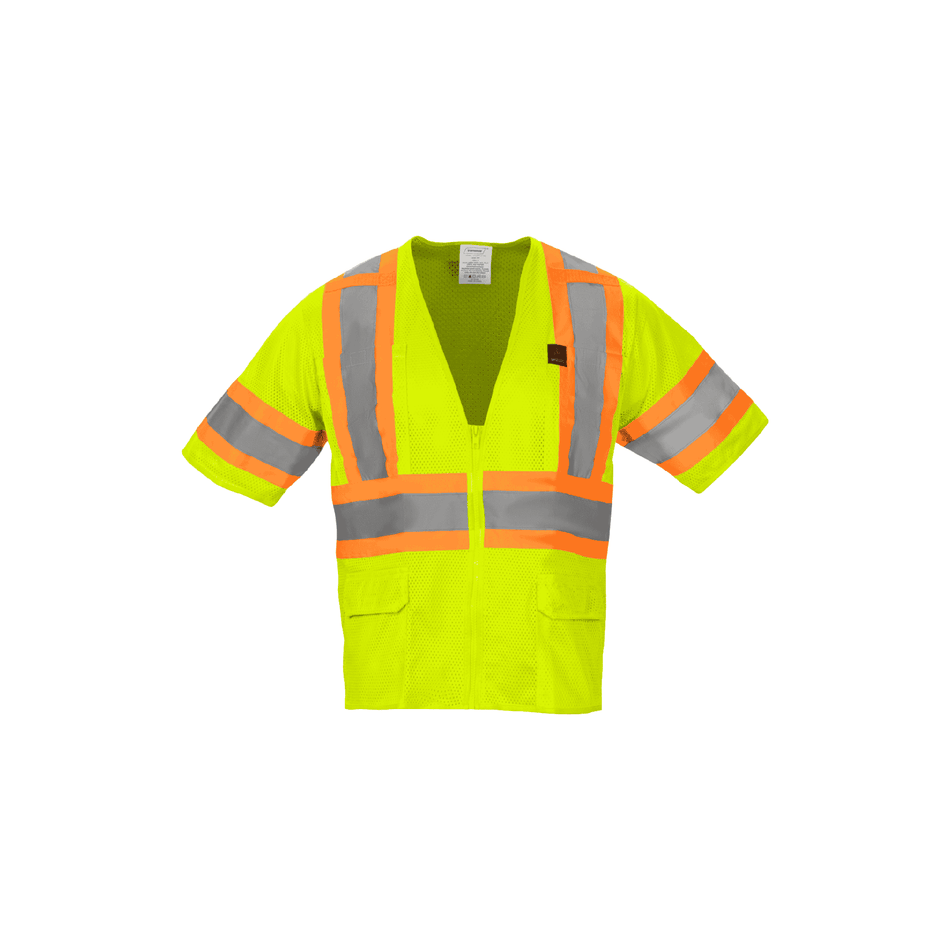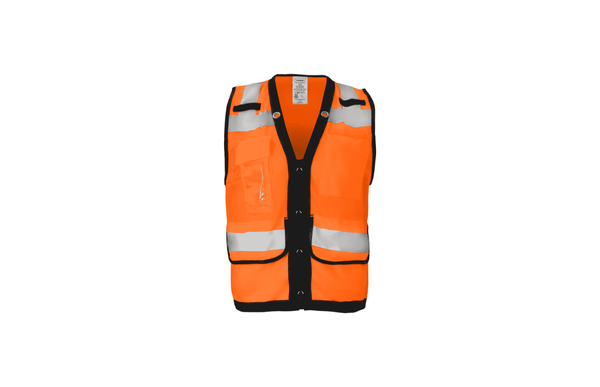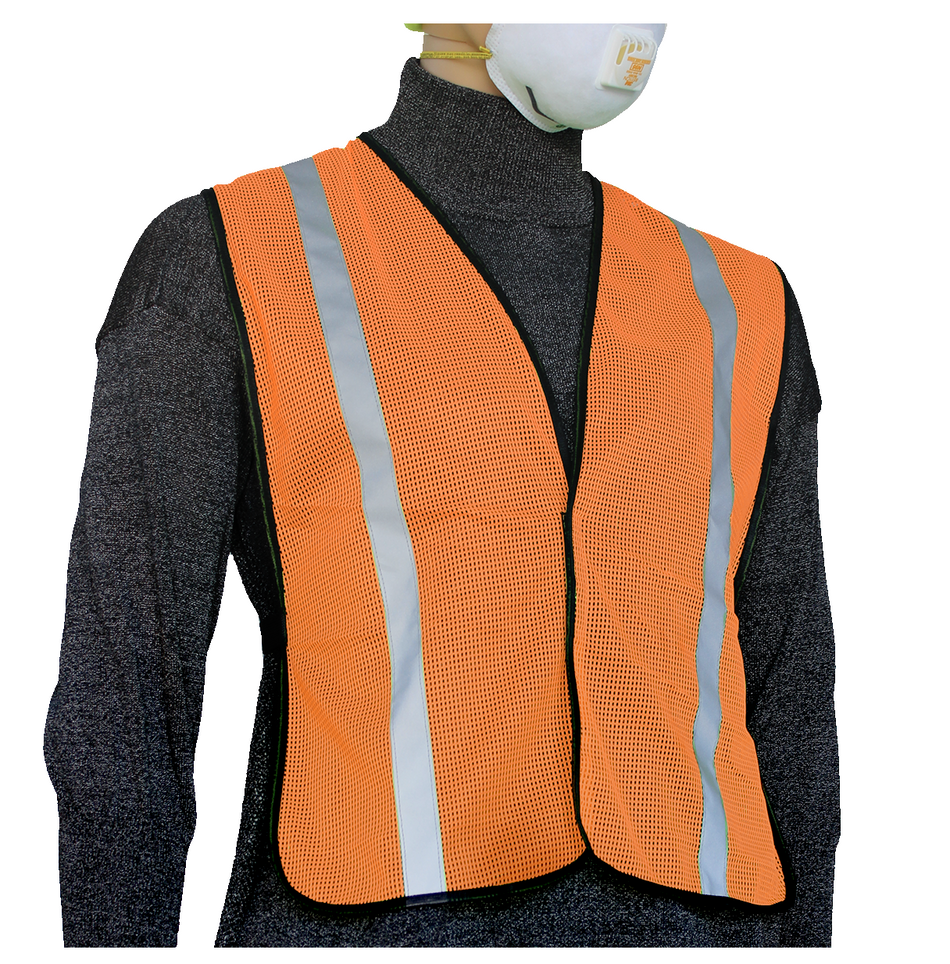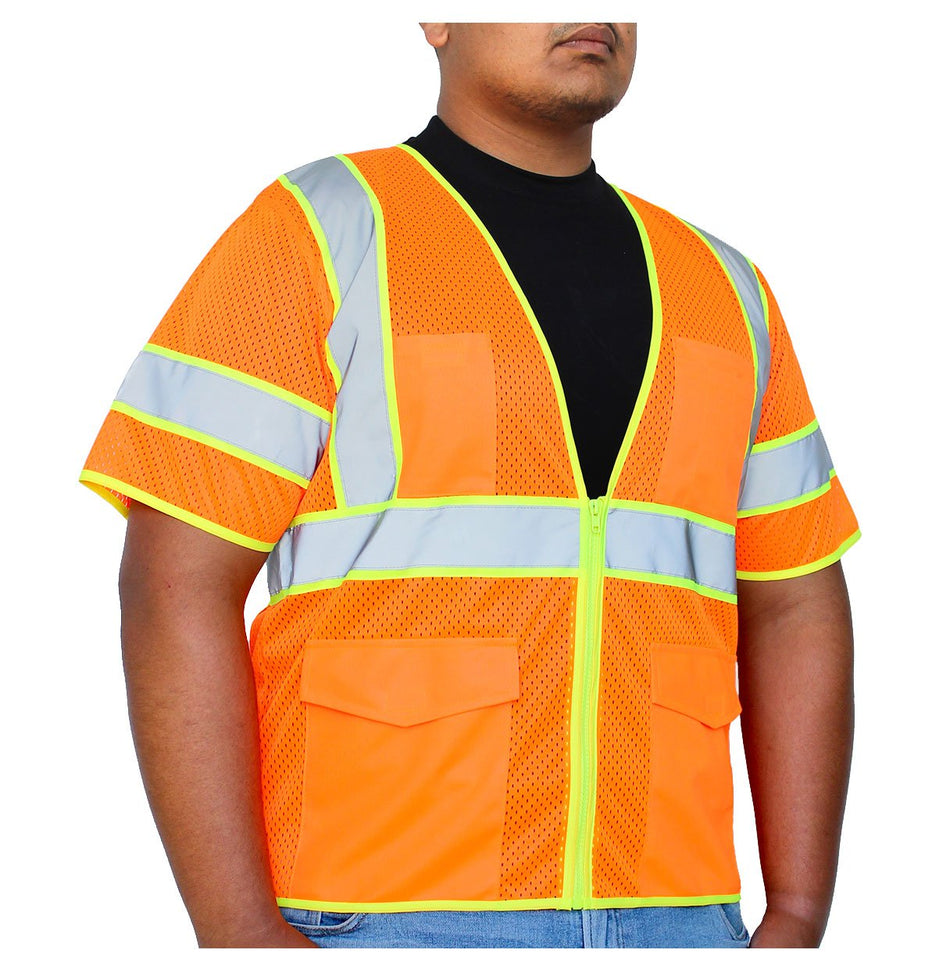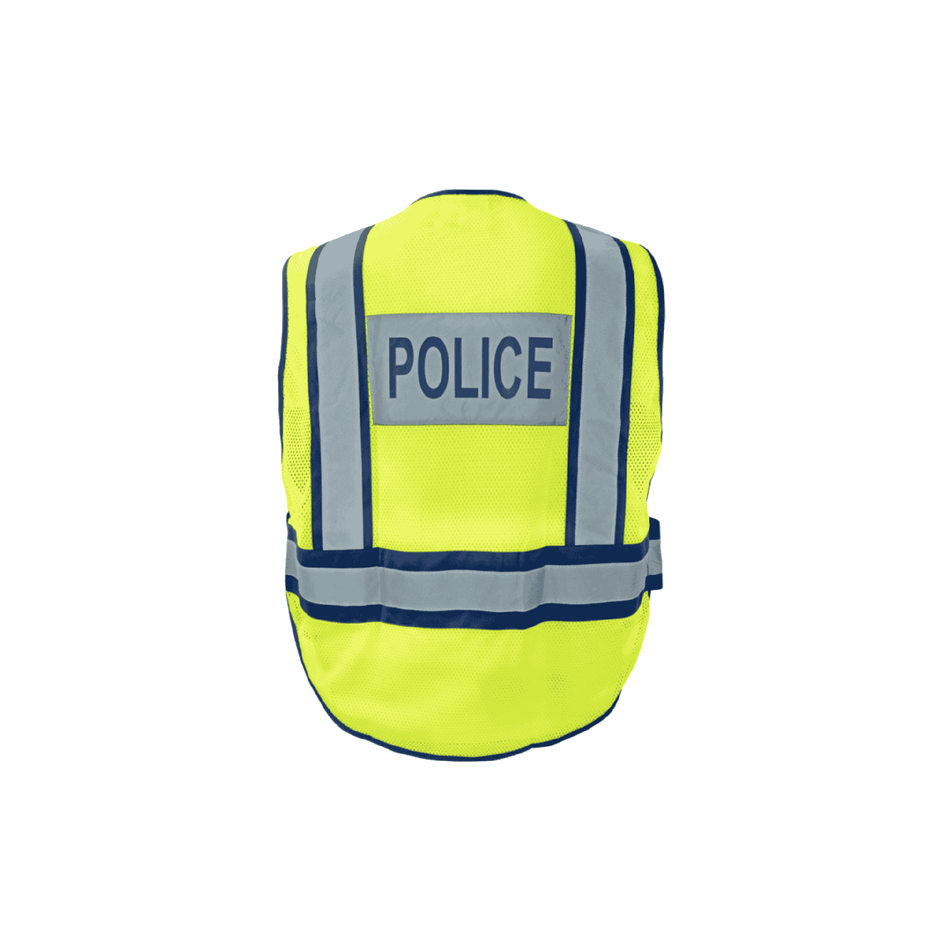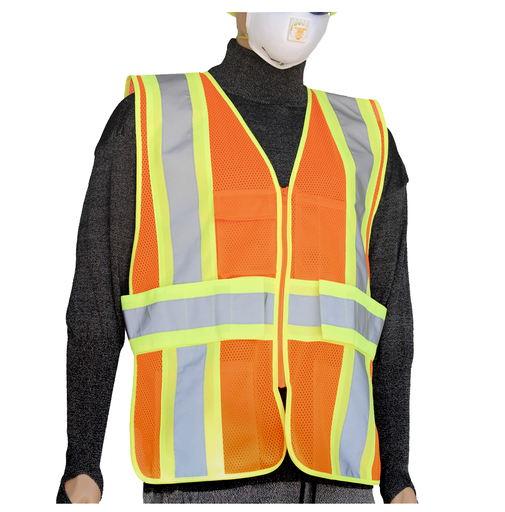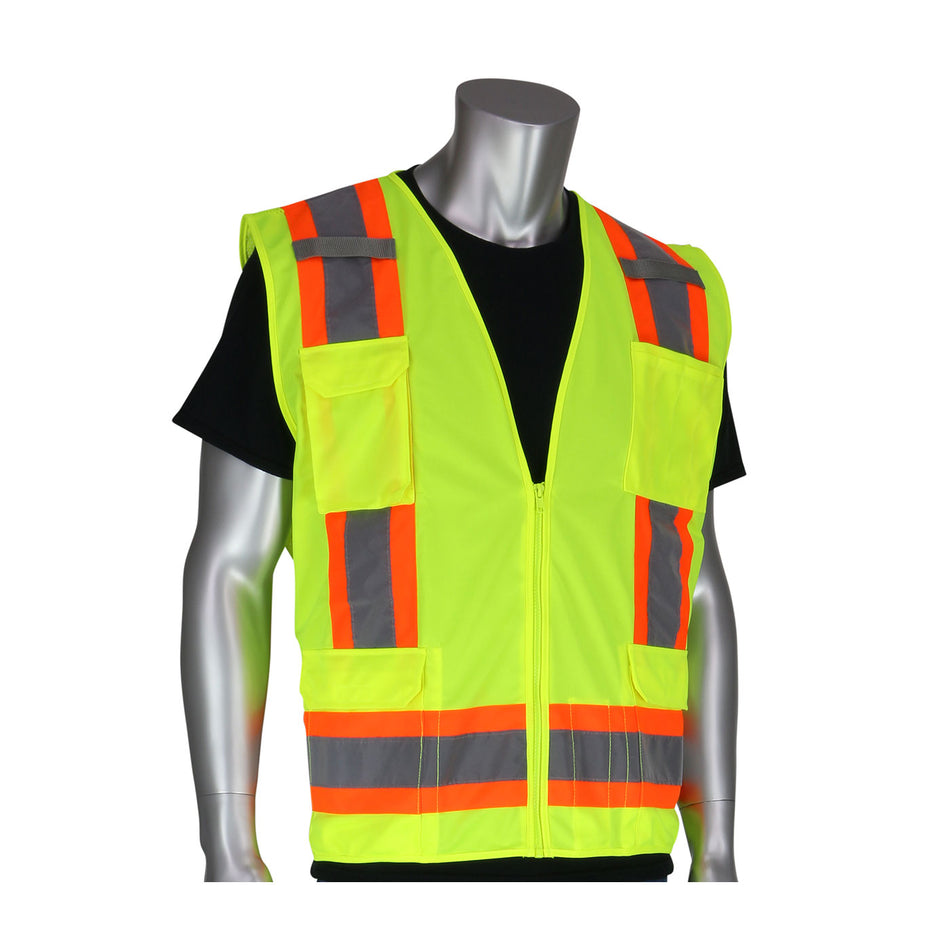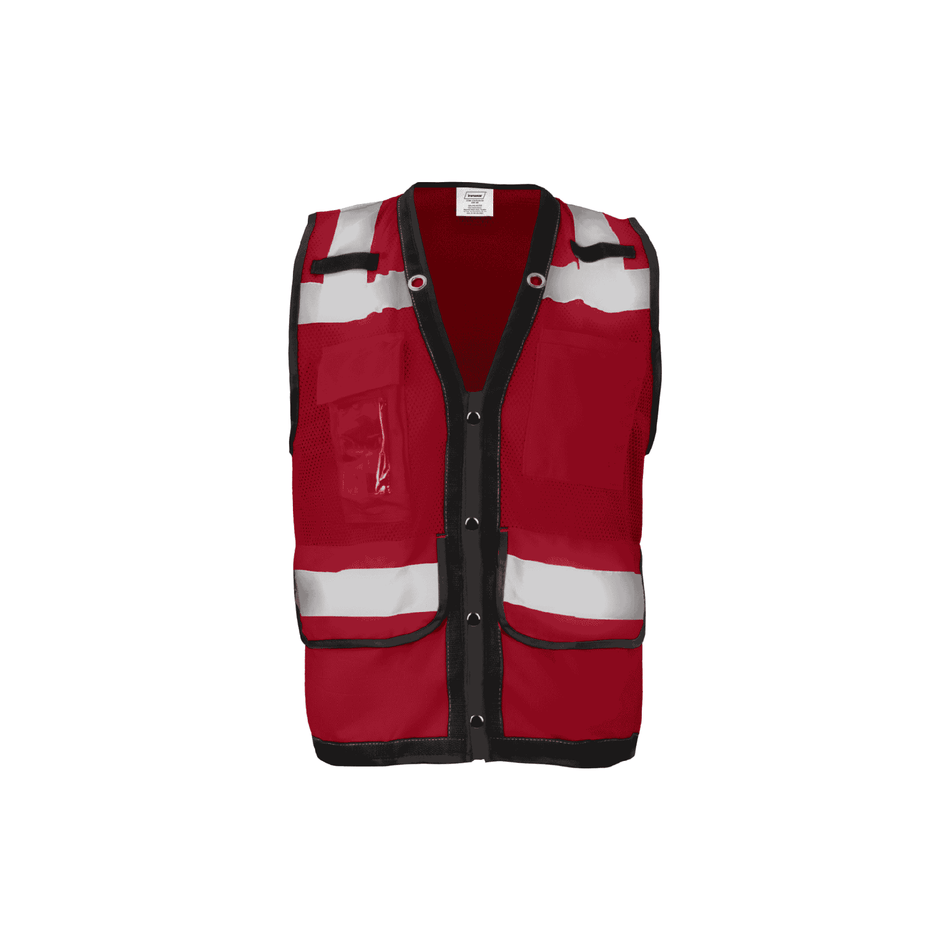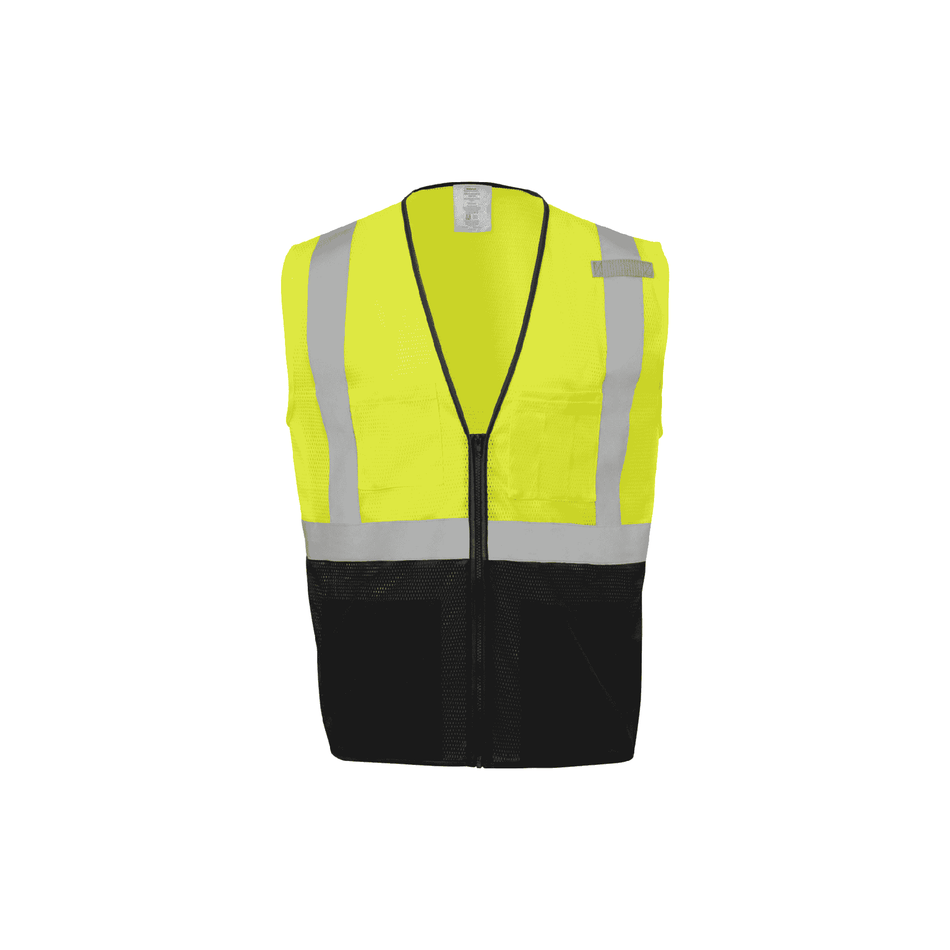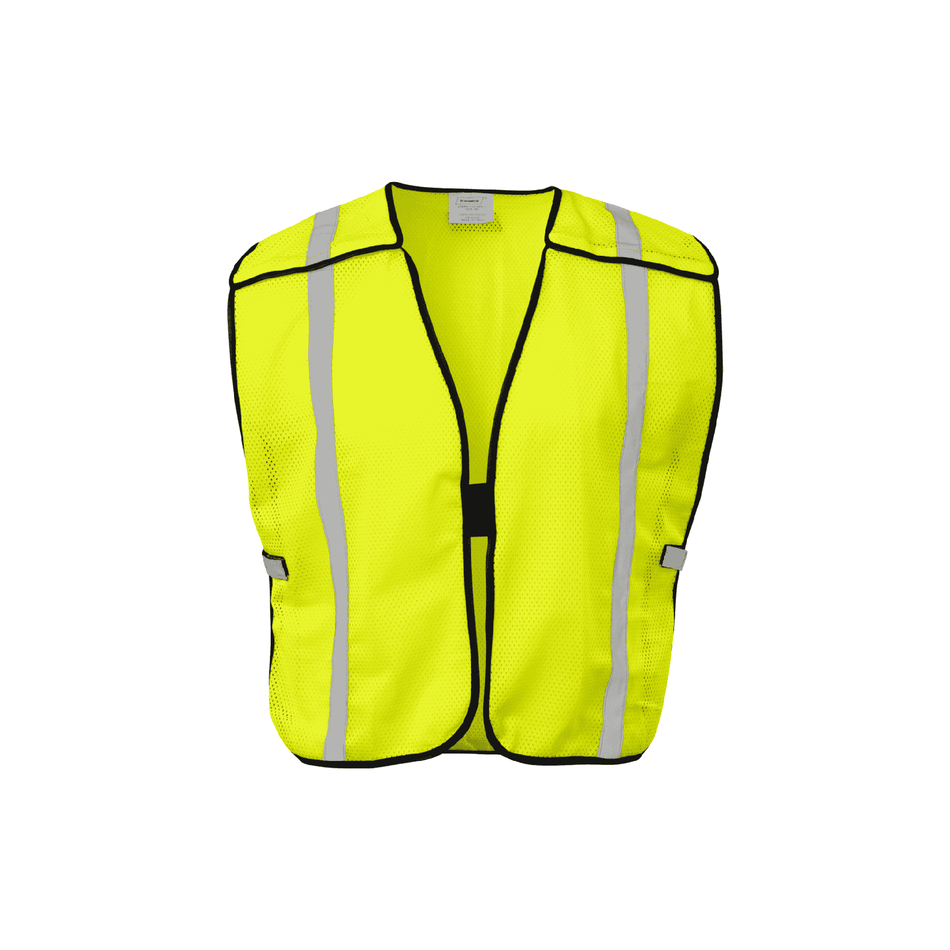131 Products
Safety Vests
Our collection of high visibility safety vests are from the best brands, and price in the industry Add your company name or logo.
High-Visibility Safety Vests: Critical for On-the-Job Safety
Hi Vis (high-visibility) safety vests protect workers in low-visibility environments. These vests use fluorescent colors and reflective strips to help wearers stand out in dark or busy work zones.
Because many job sites involve moving vehicles or heavy machinery, workers must remain visible at all times. Reflective vests ensure visibility from a distance and from all angles. As a result, drivers and machine operators can respond faster and more safely.
Increased visibility significantly lowers the risk of accidents. That’s why these vests serve as a reliable, effective safety measure across construction, warehousing, and roadside work.
Are Black Safety Vests OSHA Approved?
No. OSHA does not approve black vests for high-visibility use. According to safety standards, approved garments must include fluorescent materials and reflective elements. These features ensure workers stay visible in all lighting conditions.
Black vests do not meet these requirements. They blend into surroundings—especially at night or in poor weather. OSHA-compliant vests, on the other hand, use bright orange, yellow, or lime green colors to enhance visibility.
Wearing a non-compliant vest in hazardous environments increases risk and may violate safety regulations.
When Are Hi Vis Vests Required?
Reflective vests are essential when workers face visibility hazards. Some examples include:
-
Road construction zones
-
Areas with traffic moving faster than 25 mph
-
Poorly lit environments or bad weather
-
Job sites where workers need to remain highly visible
In these situations, high-visibility apparel improves safety and helps meet OSHA requirements.
Understanding the Classes: Nonrated, Class 2, and Class 3
Nonrated Vests
Nonrated vests offer basic visibility. Workers use them in low-risk areas such as warehouses or controlled-access events. However, they do not comply with ANSI standards for high-traffic or hazardous zones.
Class 2 Vests
Class 2 vests work well in moderate-risk environments. These include locations with traffic between 25 and 50 mph. You’ll often see survey crews, airport workers, and crossing guards wearing them.
To qualify as Class 2, a vest must have:
-
At least 775 square inches of fluorescent background material
-
At least 201 square inches of reflective tape
This level of visibility keeps workers safer during both day and night operations.
Class 3 Vests
Class 3 vests provide maximum visibility. Workers wear them near high-speed traffic or in extremely low-visibility conditions such as fog or night shifts.
To meet this standard, a vest must include:
-
At least 1,240 square inches of fluorescent material
-
At least 310 square inches of reflective striping
Emergency responders, flaggers, and highway crews rely on Class 3 vests for the highest level of protection.



